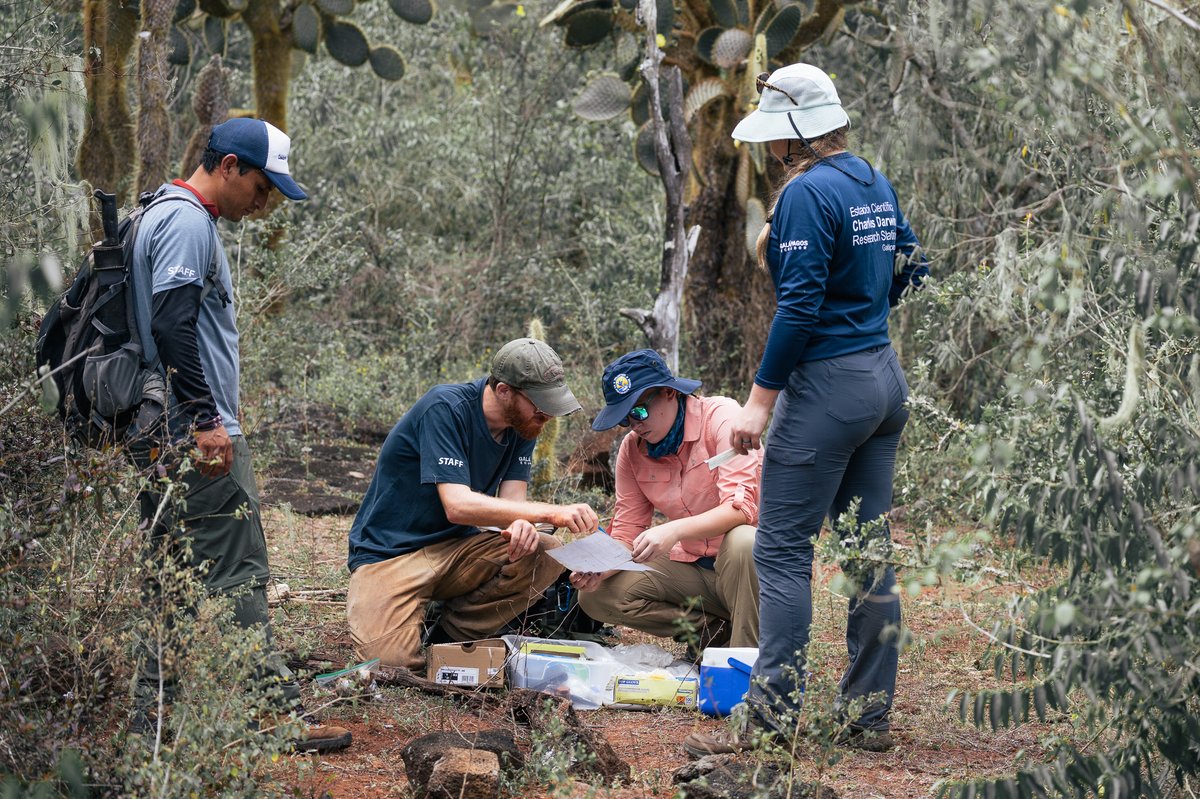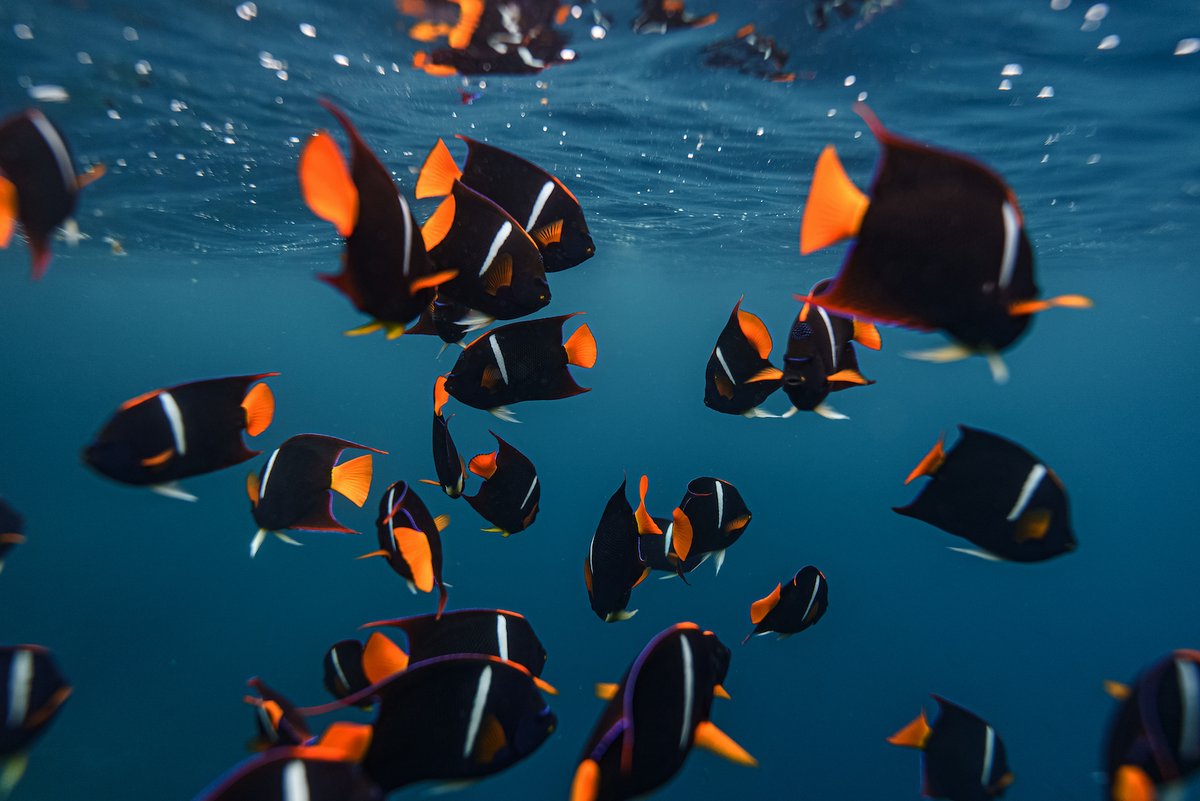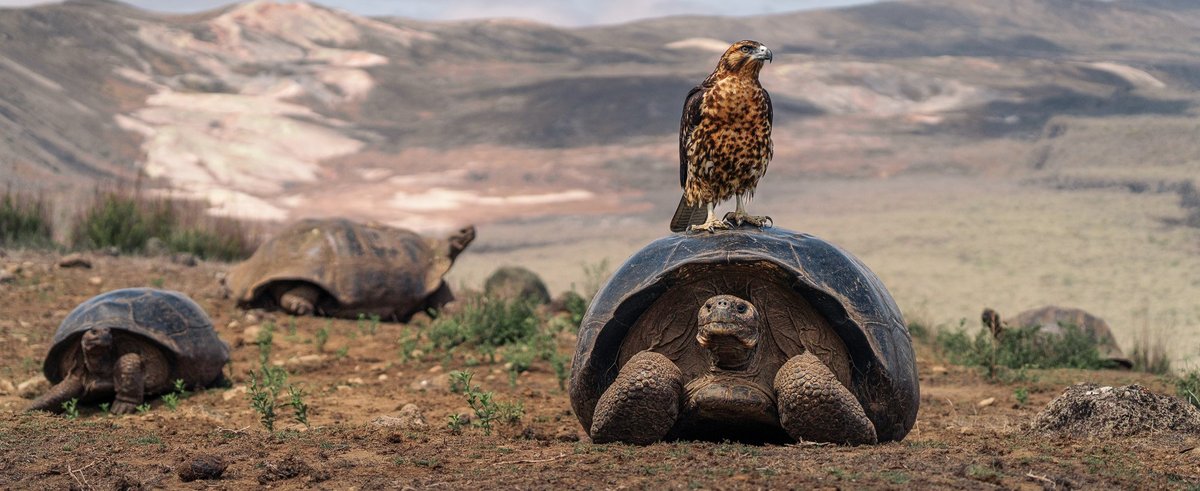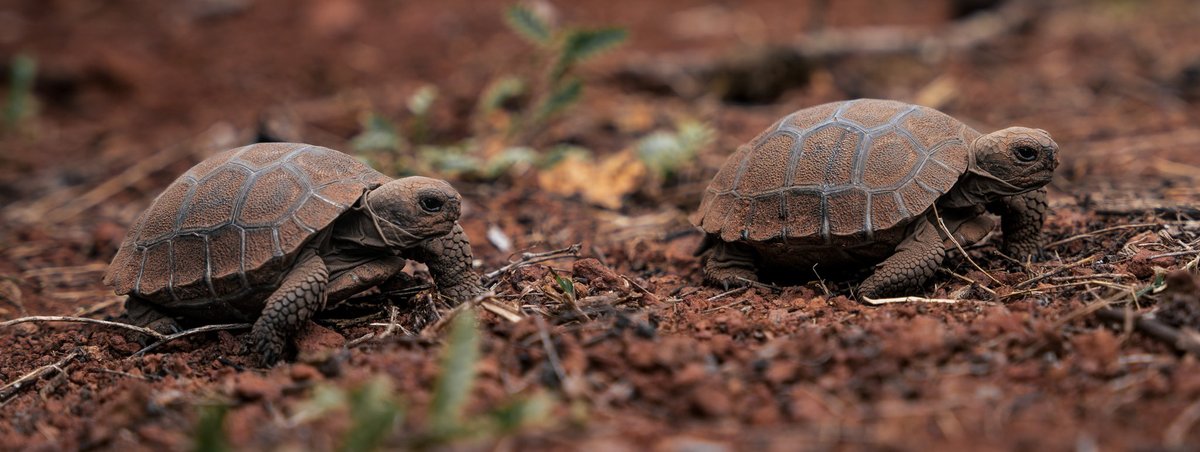Scientists Rediscover Scalesia retroflexa in Santa Cruz After 30 Years, Renewing Hope for its Conservation
Santa Cruz, Galápagos, February 12, 2025 – The Charles Darwin Foundation (CDF) is pleased to announce that 16 individuals of the rare plant Scalesia retroflexa were found growing on the steep, rocky coastal slopes of the southeastern point of Santa Cruz Island. Scientists from CDF’s Galapagos Verde 2050 ecological restoration team, in collaboration with rangers from the Galapagos National Park Directorate (GNPD), made this discovery during a recent expedition, renewing hope for the survival of this endemic species.
Although the International Union for Conservation of Nature (IUCN) classifies Scalesia retroflexa as Vulnerable, recent CDF reports indicate that it is a critically endangered species.
Until recently scientists believed Scalesia retroflexa was confined to a fenced population of just 21 individuals near Punta Núñez, protected from feral goat predation, since no sightings had been recorded elsewhere for 30 years. The discovery of these 16 additional individuals near El Garrapatero Beach offers a promising sign of natural regeneration, likely supported by the GNPD’s efforts to control invasive species in the region.
CDF’s research team collected hundreds of seeds from the newly discovered plants and tested various germination methods, successfully growing 24 seedlings that will be transplanted back to their original site in the coming months.
Patricia Jaramillo Díaz, senior researcher for CDF’s Galapagos Verde 2050 project, noted: “Germinating these plants is a challenging process that demands dedication and perseverance. This achievement is the result of immense effort by our team and park rangers, with each successfully germinated seed representing a hard-earned victory. While our progress fills us with hope, unsuccessful germination attempts have also brought moments of frustration. However, rather than discouraging us, these setbacks fueled our determination to refine our methods and produce healthy seedlings. Now, with improved techniques, we remain committed to growing as many plants as possible to secure the long-term survival of this endangered species.”
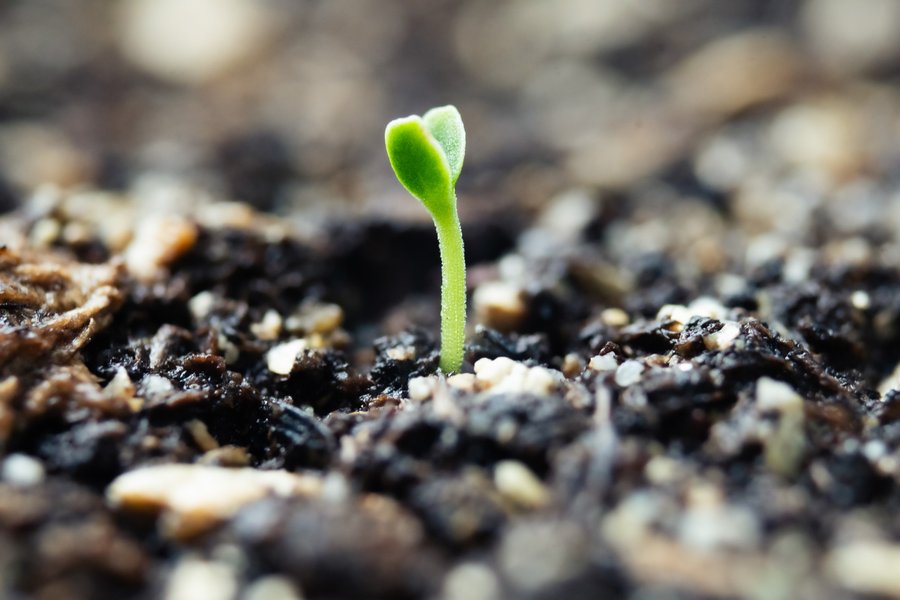
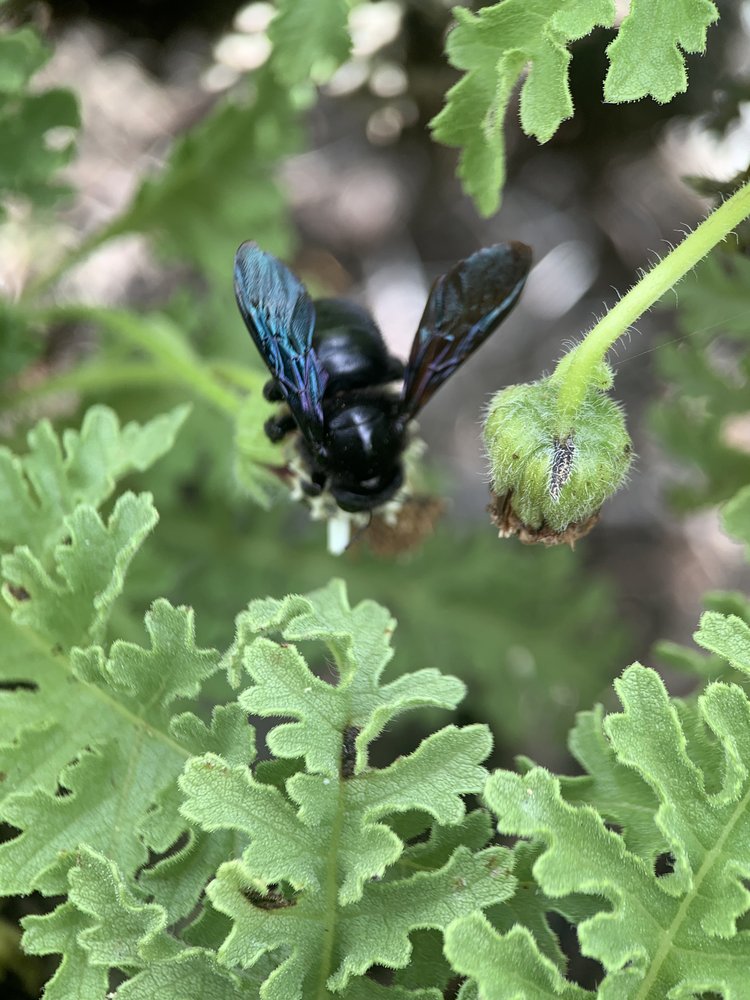
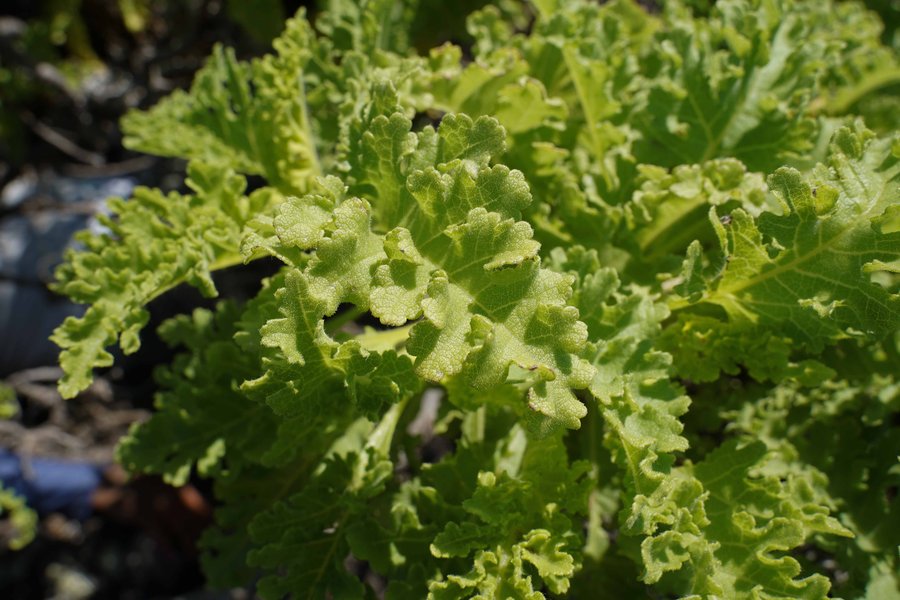
Arturo Izurieta, Director of the Galapagos National Park Directorate, added:
"This discovery is a clear example of how collaboration between scientists, park rangers, and invasive species control efforts is enabling the recovery of key species. Each milestone reaffirms the importance of conservation actions—not just for Scalesia retroflexa, but also for the many species that depend on it for survival."
A Unique Plant, Essential to the Galapagos Ecosystem
One of 15 endemic Scalesia species in the Galapagos Islands, Scalesia retroflexa is named for its distinctively curved, backward-bending leaves. This rare plant is found only along the southeastern coast of Santa Cruz Island, making it one of the most geographically restricted species in the archipelago.
During the expedition, the research team tagged each plant, recorded its GPS location, collected seeds and botanical samples to document the discovery, and analyzed the surrounding vegetation to better understand the habitat conditions that support these plants.
"Scalesia retroflexa is a unique shrub that provides food and shelter for birds like the Galapagos mockingbird and Galapagos dove, as well as native invertebrates. It also attracts endemic pollinators such as the carpenter bee, playing a crucial role in the ecosystem’s balance. Protecting Scalesia retroflexa means protecting the unique species that depend on it," adds Patricia.
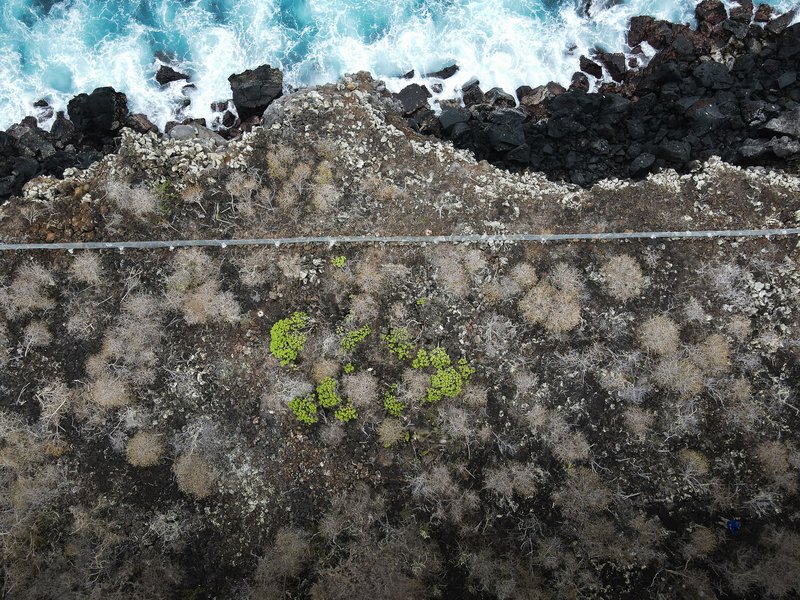
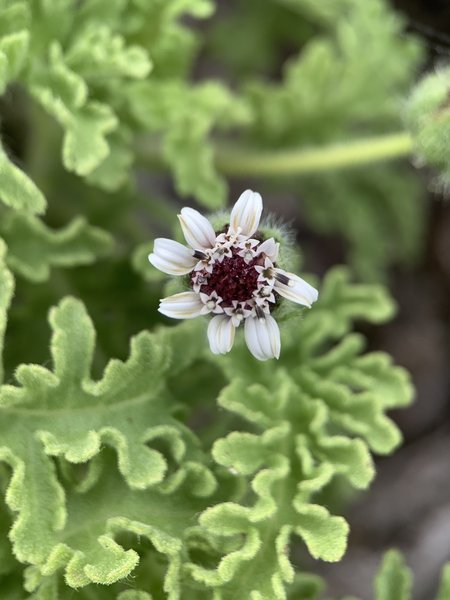
Galapagos Verde 2050: Restoring the Archipelago’s Fragile Ecosystems
The CDF’s Galapagos Verde 2050 project is committed to protecting the archipelago’s most threatened plant species and restoring the fragile ecosystems they depend on. Their restoration efforts promote the recovery of Galapagos biodiversity and are essential for the conservation of species like Scalesia retroflexa, as well as for maintaining the functionality of the ecosystem as a whole.
Through science, collaboration, and dedication, the future of Galapagos remains hopeful, and every step taken toward conserving its endemic species is a victory for the planet.
Media Contact
Daniela Ibarra or Leslie León
comunicacion@fcdarwin.org.ec
About the Charles Darwin Foundation
The Charles Darwin Foundation for the Galápagos Islands (CDF) is an international non-profit organization that has been present in Galápagos since 1959, operating under a special agreement with the Government of Ecuador. Its mission, along with that of its Research Station, is to tackle the greatest threats and challenges facing Galapagos through scientific research and conservation actions, aiming to protect one of the world’s most important natural treasures. Currently, CDF conducts over 25 research and conservation projects and curates more than 135,000 specimens within its Natural History Collections. The foundation's diverse team consists of more than 140 members, primarily Ecuadorian citizens, with over 60% being Galapagos residents. For more information, visit: www.darwinfoundation.org.
